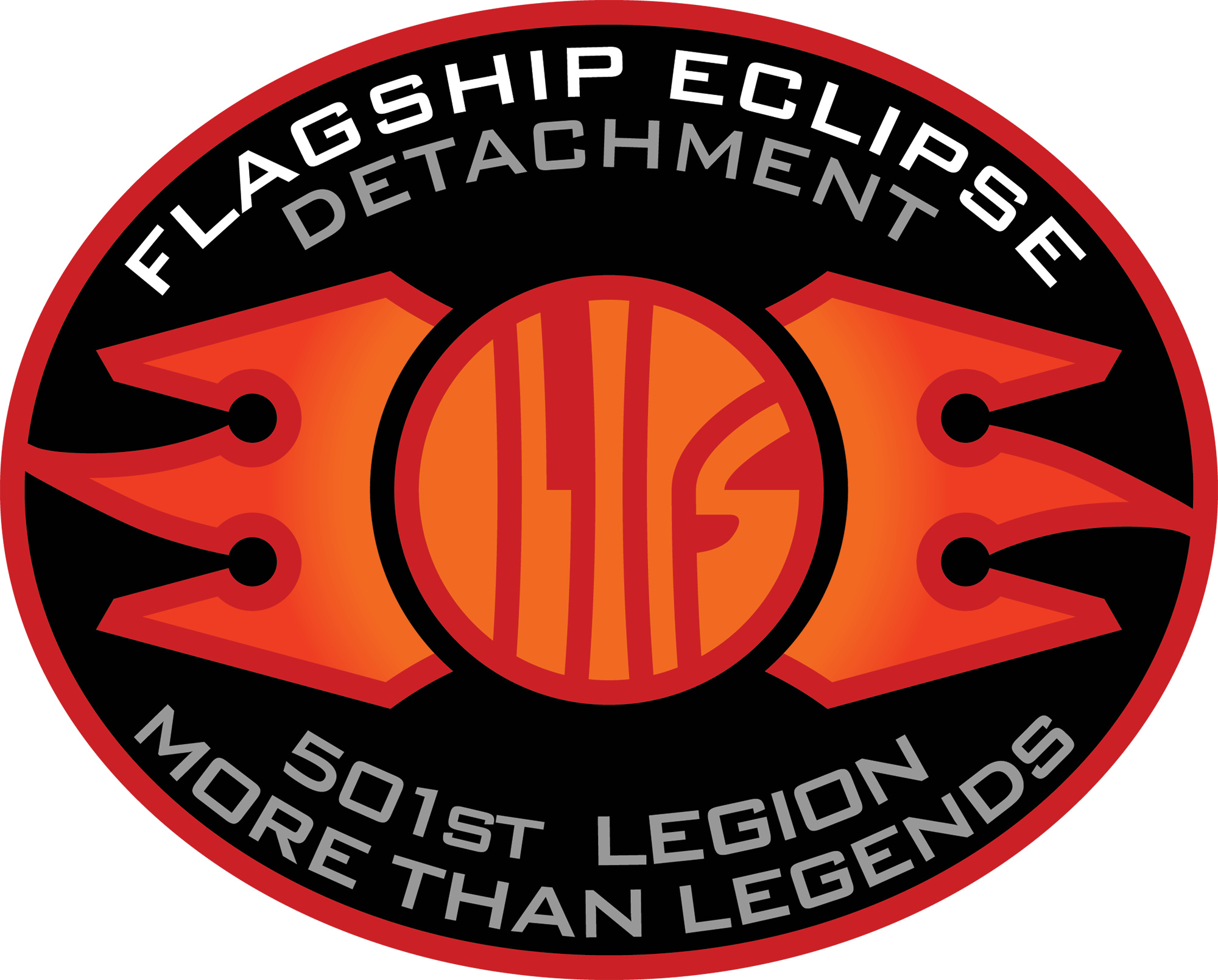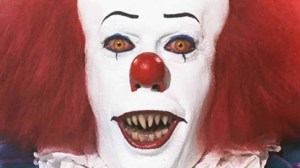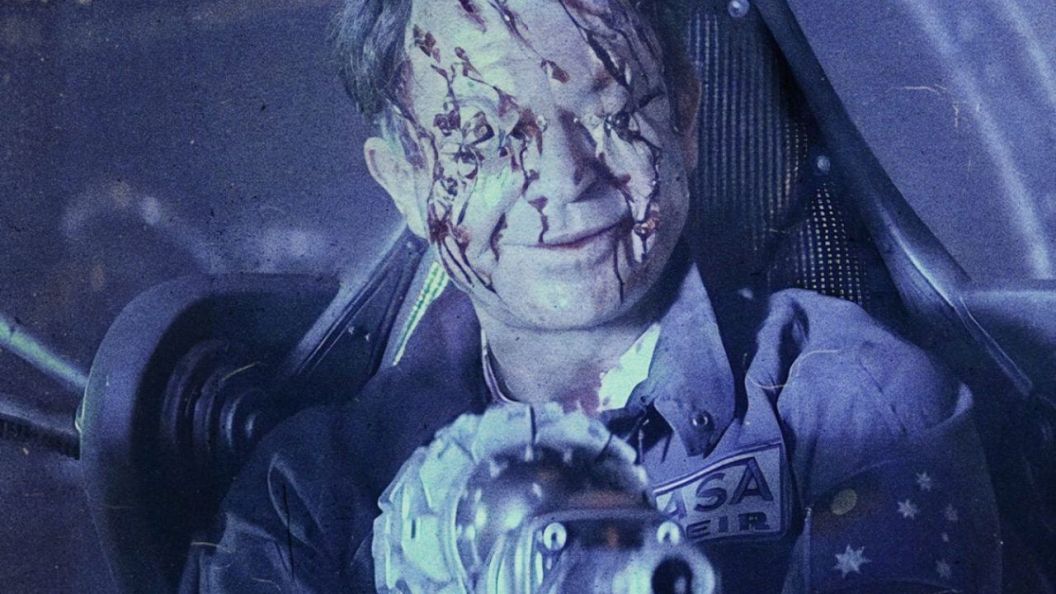
Back in 1997, a movie dropped quietly in a year dominated by the likes of Titanic, Men in Black, and The Fifth Element. It wasn’t a hit. Critics weren’t kind. And audiences? They mostly looked the other way. But the thing about truly disturbing horror is that it tends to linger. And over the past two decades, the film evolved into something of a nightmare-fueled cult legend. It’s one of those movies that genre fans whisper about with a mix of reverence and residual trauma. Because once you’ve seen it, it refuses to leave you.
Directed by Paul W.S. Anderson, who would later go on to build the Resident Evil cinematic universe, Event Horizon was his first real foray into horror on a cosmic scale. And honestly? He went all in.
Twisted, Terrifying Event Horizon is a Slow, Sure Descent Into Madness
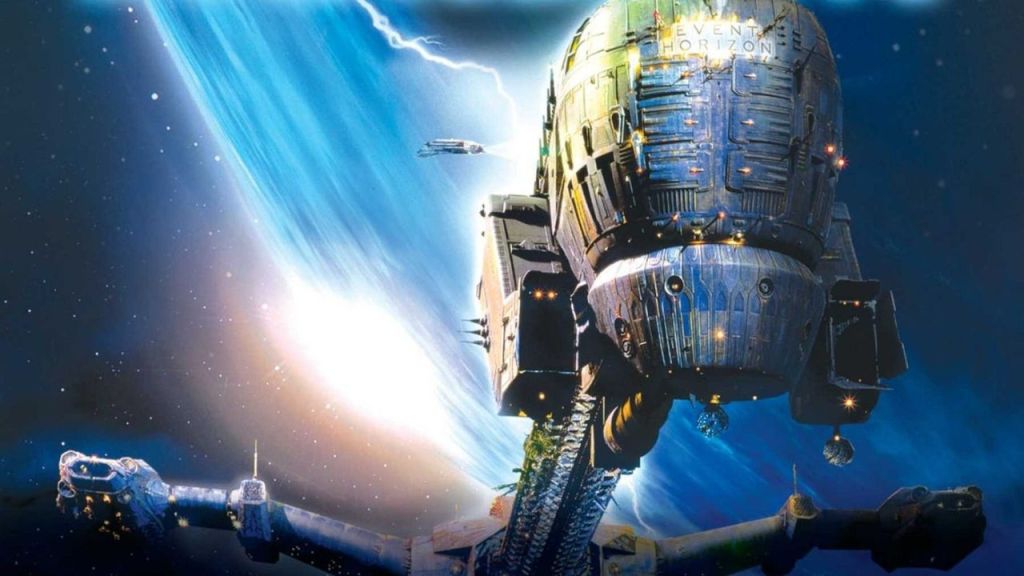
While the film might wear the shell of a space opera, what it really is is a full-blown descent into psychological terror, cosmic horror, and blood-drenched madness. It’s part Alien, part Hellraiser, and entirely its own twisted thing.
The premise is deceptively simple. A spaceship, the Event Horizon, vanished seven years earlier while testing a new gravity drive capable of folding time and space to create dimensional gateways to other universes. When it suddenly reappears near Neptune, a rescue team is sent to investigate. But the moment they board the ship, it’s clear something is very, very wrong. There’s blood everywhere. The previous crew is missing or worse. And the ship’s logs? Full of Latin screams and corrupted footage that’s somehow more terrifying than anything shown outright. The Event Horizon didn’t just disappear into space. It went somewhere else. And what came back isn’t just a vessel, but a sentient portal.
What makes Event Horizon stand out, even today, is that it doesn’t pull its punches. This is a film that plays with religious symbolism, trauma, hallucinations, and some seriously gnarly body horror. The ship doesn’t just look sinister, it reeks of evil. From its Gothic architecture that features literal spikes and arches to the way it taps into each crew member’s deepest psychological wounds, the Event Horizon is less a setting and more a character. It watches. It manipulates. It feeds.
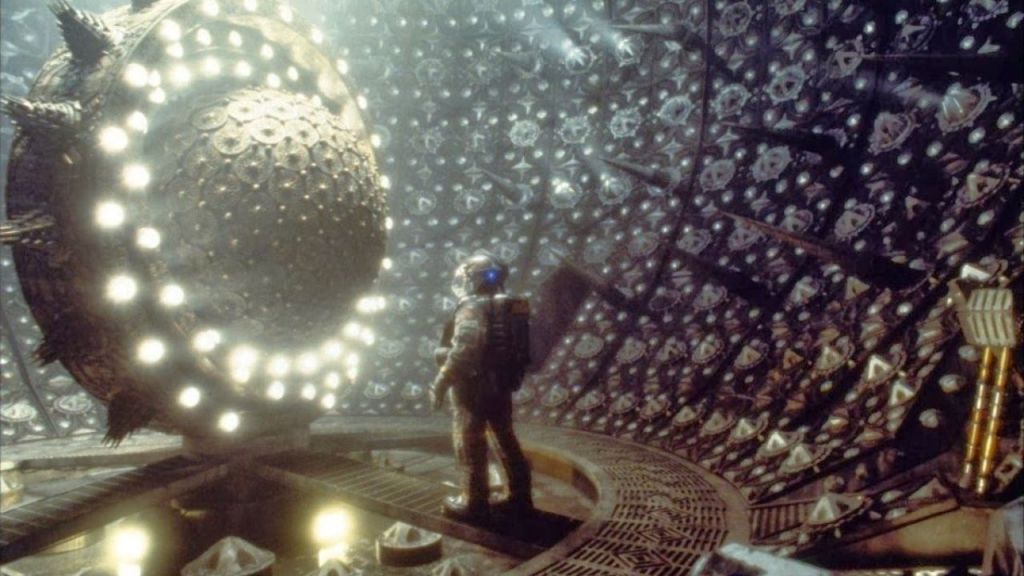
The cast is surprisingly stacked for a horror film of this kind. Laurence Fishburne is perfect as Captain Miller, a pragmatic leader trying to keep his team alive and grounded as the mission spirals into chaos. Kathleen Quinlan brings emotional depth to Peters, a medical technician haunted by visions of her son. But it’s Sam Neill who steals the show as Dr. Weir, the ship’s creator. His performance starts off stiff and academic, but slowly unravels into something truly unhinged. Watching him slide into madness, giving himself completely over to the ship, is still one of the most unsettling character arcs in sci-fi horror history.
Then there’s the infamous “visions from hell” montage, a series of blink-and-you’ll-miss-it flashes of torture, mutilation, and unspeakable acts that the crew of the Event Horizon experienced after crossing over to the hellish dimension. Anderson originally shot a much longer version of this sequence, one that was apparently so intense that people fainted watching it during test screenings, but most of it was cut to appease the studio. What remains, though, is still horrifying. It’s grainy, chaotic, and viscerally upsetting, like found footage from the edge of reality. And it hits with more impact precisely because it’s shown in fragments. Your brain fills in the rest.
Event Horizon was almost too ahead of its time. When it was released, audiences weren’t quite ready for a horror-sci-fi hybrid that leaned so hard into psychological dread and gore. But today, in the post-Midsommar, post-Hereditary era of horror fandom, it’s easy to see how this movie paved the way. You can draw a straight line from Event Horizon to games like Dead Space and movies like Sunshine, except this one has its eyes clawed out and is screaming in Latin.
What makes Event Horizon endure isn’t just its imagery and the gore galore. It’s the themes. This is a story about guilt, regret, the fear of the unknown, and what happens when you try to play god. It taps into that ancient Lovecraftian fear — not of aliens or monsters, but of something so vast and unknowable that it can drive you insane just by existing.
For a movie made on a relatively modest budget, Event Horizon punches well above its weight. The practical effects still hold up. The score, by Michael Kamen and the electronic group Orbital, gives the film this thumping, otherworldly energy that keeps you rattled. And the production design? It’s a masterclass in oppressive atmosphere. This isn’t sleek or sterile sci-fi. It’s grimy, gothic, and dripping with dread.
If you’re into horror that goes beyond cheap scares, if you want something that crawls under your skin and stays there, Event Horizon deserves a spot on your watchlist. It may not have the household name status of Alien or The Thing, but its impact is just as powerful, if not more. This is the kind of movie that genre fans talk about in hushed tones. The one you recommend cautiously to your friends. The one you remember, even and especially when you don’t want to.
Just maybe don’t watch it alone. Or late at night. Or during a bout of existential dread. Because once you’ve looked into the void aboard the ship, there’s a good chance it’ll look back.
The post This Underrated ’90s Sci-Fi Movie Is Still One of the Most Disturbing Ever Made appeared first on ComicBook.com.
